Stable power is vital for any electronic circuit to work well. Steady voltage levels keep digital signals switching correctly. They also ensure analog signals stay within safe limits. In fast or high-frequency systems, even tiny voltage changes can cause problems. Data may get corrupted. Timing errors can occur. That's why a clean, steady power line is so important.
Without a DC decoupling capacitor, or if it's chosen poorly, circuits can act strangely. You might see microcontrollers reset on their own. Sensors could give wrong readings. Displays may flicker. Communication between the parts might fail sometimes. These issues often happen because of sudden voltage drops or spikes. The power supply can't keep up with quick changes in demand.
High-frequency noise and ripple on the power line can sneak into analog signals or digital clocks. This causes jitter or distorted signals. Without proper decoupling, these problems spread across the circuit board. They affect many parts at once.
A DC decoupling capacitor is like a small energy reserve near the circuit load. The capacitor siphons off energy that is saved quickly when an element like a processor abruptly needs an influx of current. It helps to keep the voltage stable until the main source of power comes back to normal. It buffers voltage dips that can cause errors.
Decoupling capacitors also work as filters. They block high-frequency noise by sending it to the ground. Their resistance drops as frequency rises, so they clear noise away from sensitive parts. According to TI's insights, placing capacitors near IC power pins cuts electromagnetic interference (EMI). This improves signal quality.
To work best, decoupling capacitors should sit very close to an IC's power pins. Short connections reduce unwanted resistance. Engineers often use several capacitors with different sizes, like 0.1µF for high-frequency noise and 10µF for steady power storage. This covers a wide range of frequencies.
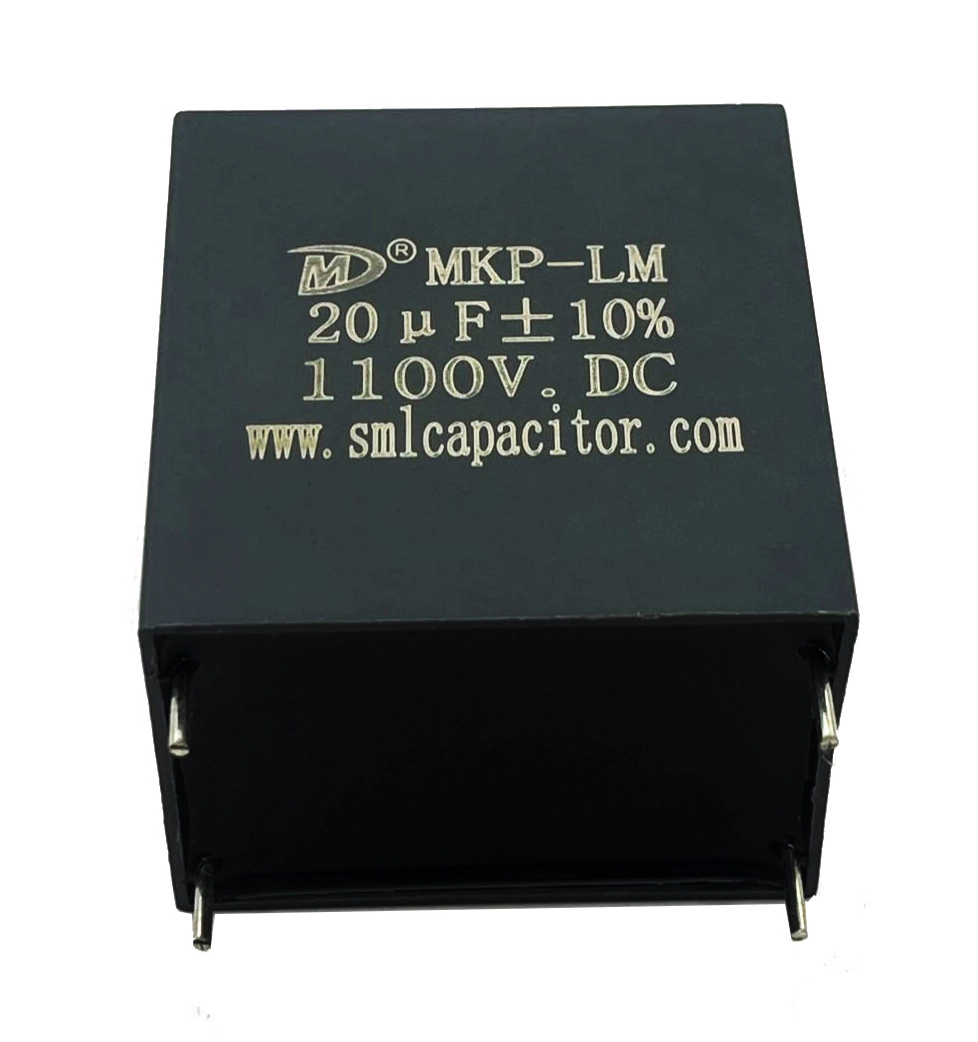
There is limited space in tiny devices like smartphones and wearables, but there are numerous components that need power. Stability is supplied by decoupling capacitors. These allow processors, sensors, radios, and displays to operate uninterrupted smoothly.
Gaming consoles use powerful CPUs and GPUs that need lots of power during busy moments. Without enough decoupling, voltage drops could cause game lags or system crashes. Capacitors keep power steady for smooth performance.
Programmable Logic Controllers (PLCs) in factories need stable power for precise control. Motor drivers switch quickly and create electrical noise. Decoupling capacitors filter this noise to protect logic circuits. They're also used in inverters for wind power, solar power, transportation (EV or HEV), welders, elevators, and motor driver systems.
Battery Management Systems (BMS) in electric vehicles monitor voltage closely under changing loads. Decoupling capacitors keep readings accurate by filtering noise from nearby converters.
ADAS modules handle huge amounts of sensor data in real time. Stable power is critical. Any voltage issue could affect safety features like automatic braking or lane keeping. Decoupling capacitors ensure steady operation.
5G base stations manage fast data with little delay. They use many RF parts that are sensitive to noise. Decoupling capacitors keep signals clear across wide frequencies. They help ensure finished products have a quality rate above 99.93% with a daily production of 300,000 units. This reliability suits critical telecom systems.
Picking the right capacitor size depends on a few things. Consider the circuit's frequency range, how much current it needs during switches, the power line's resistance, and board space limits. A mix of small capacitors (0.01µF–0.1µF) and larger ones (1µF–10µF) handles both high-frequency noise and steady power needs.
Ceramic capacitors are often the best choice. They have low Equivalent Series Resistance (ESR), are small, cost less, and work well at high frequencies. Tantalum capacitors hold more charge in less space but have higher ESR. This can limit their use in fast-switching circuits. TI's engineers say ceramic capacitors near ICs perform better for decoupling.
Choose a capacitor with a voltage rating 20–30% higher than your circuit's voltage for safety. Size matters, especially on crowded circuit boards. Pick capacitors that fit and handle the environment's heat. Place them close to power pins with short traces for best results.
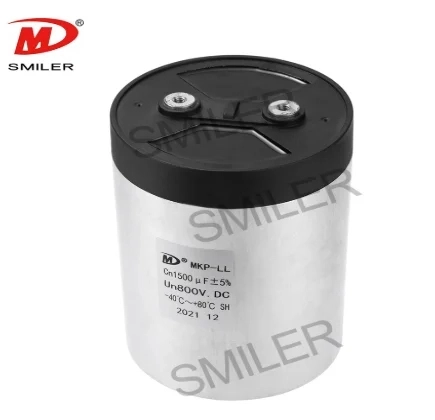
SMILER creates advanced passive components for automotive, renewable energy, industrial automation, consumer electronics, and telecom systems. Mature, highly automated production lines ensure efficiency, precision, and quality in every product.
SMILER's DC link capacitors have low ESR and handle high ripple currents. This makes them great at stopping high-frequency noise in switching regulators or RF systems.
With a Capacitance Range of 24μF ~ 5600μF, SMILER's capacitors fit many needs. They work for everything from microcontrollers to industrial motor drives.
SMILER's capacitors work in tough conditions, with an Operating Temperature Range (D≤116mm: -40˚C ~ 85˚C). They stay reliable in extreme automotive or outdoor telecom settings.
SMILER's focus on quality earns trust from global manufacturers. Their components are used in EV platforms, smart grids, IoT gateways, and edge computing for AI tasks at network edges.
A: It keeps the voltage steady by supplying quick current during load changes. It also filters high-frequency noise from power lines.
A: Put them as close as possible to each IC's power pin. Keep connections short to ground and power planes for top performance.
A: Using several smaller capacitors with different sizes filters better across a wide frequency range than one big capacitor.
A: For fast digital circuits, ceramics are better due to lower ESR. Tantalum is useful when you need more capacitance in a small space.
A: Look at your circuit's frequency range, current needs during switching, and board limits. Check datasheets or use simulation tools for guidance.
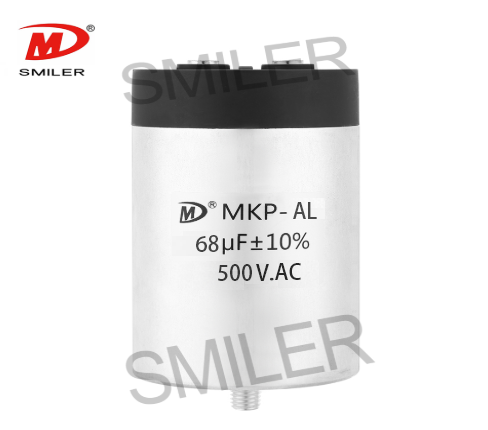
Exploring How AC Capacitors and DC Capacitors Function Differently
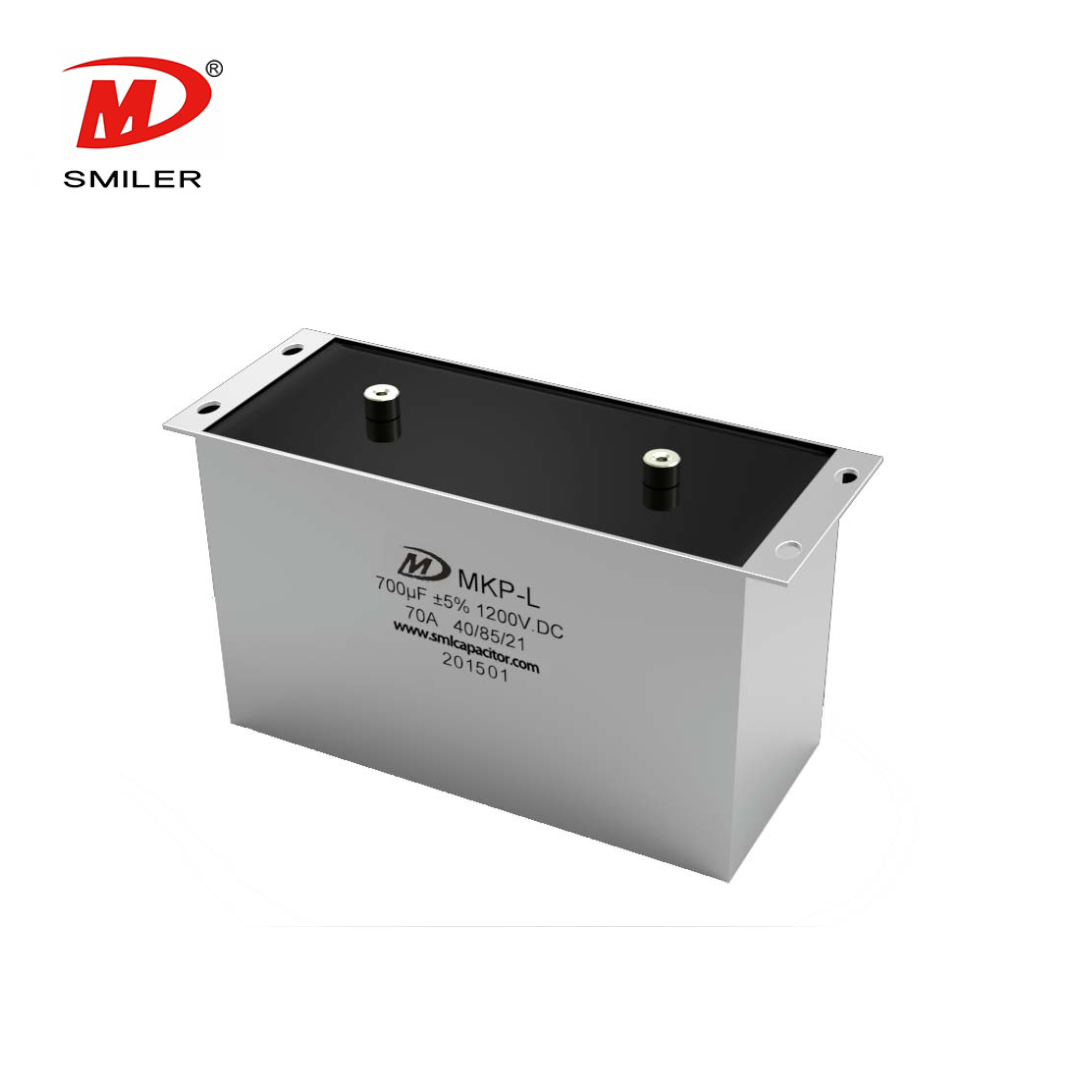
Understanding DC Capacitance to Prevent Converter Oscillations
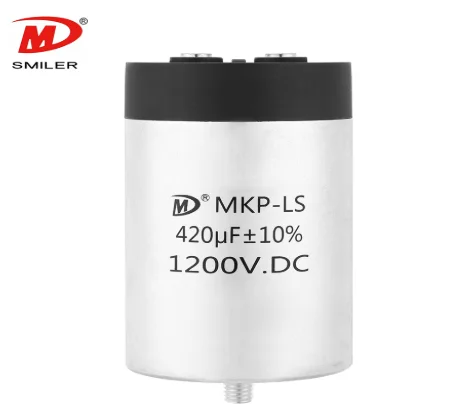
Mastering AC to DC Rectifier with Capacitor Techniques
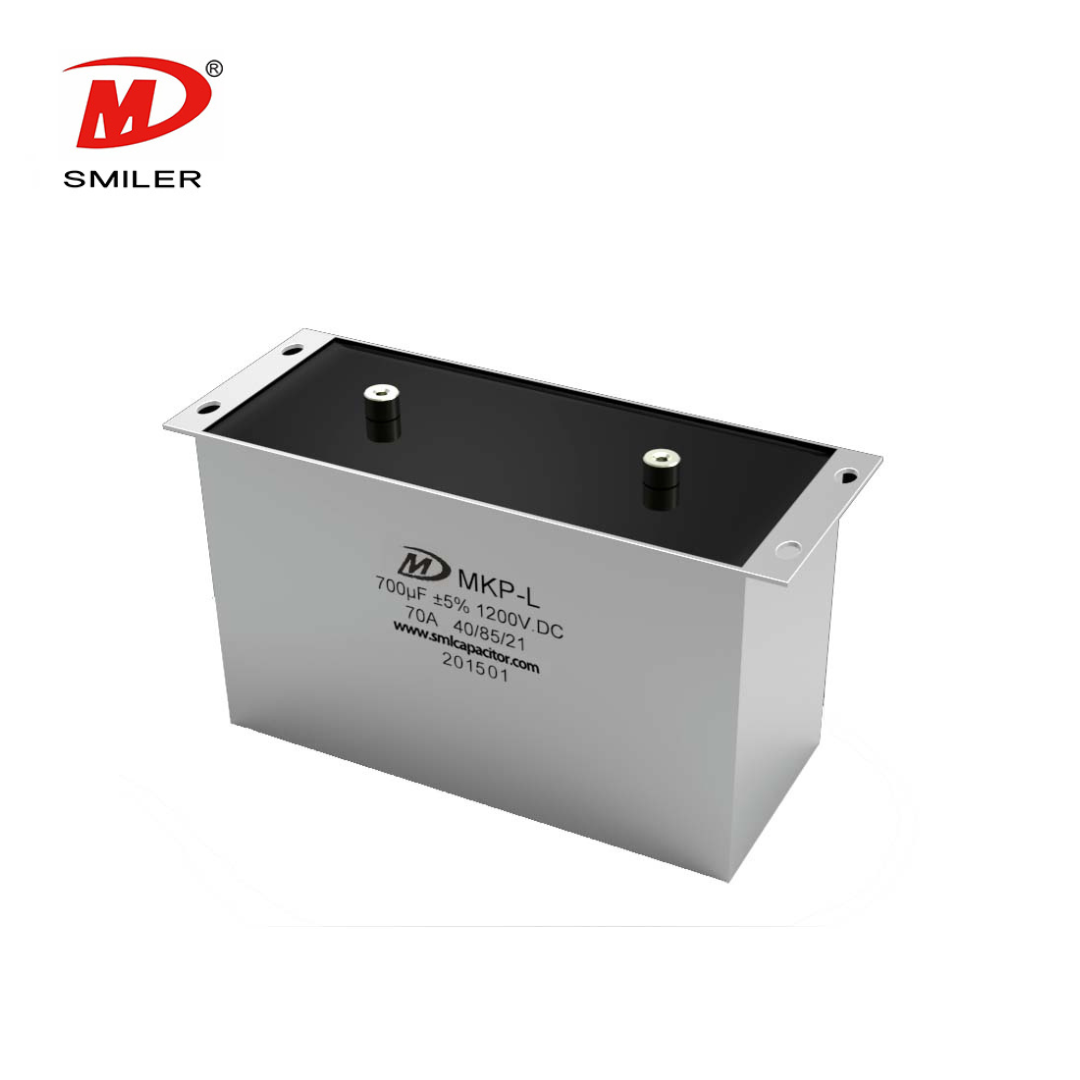
Exploring the Role of DC Link Capacitor Use in EV Power Systems
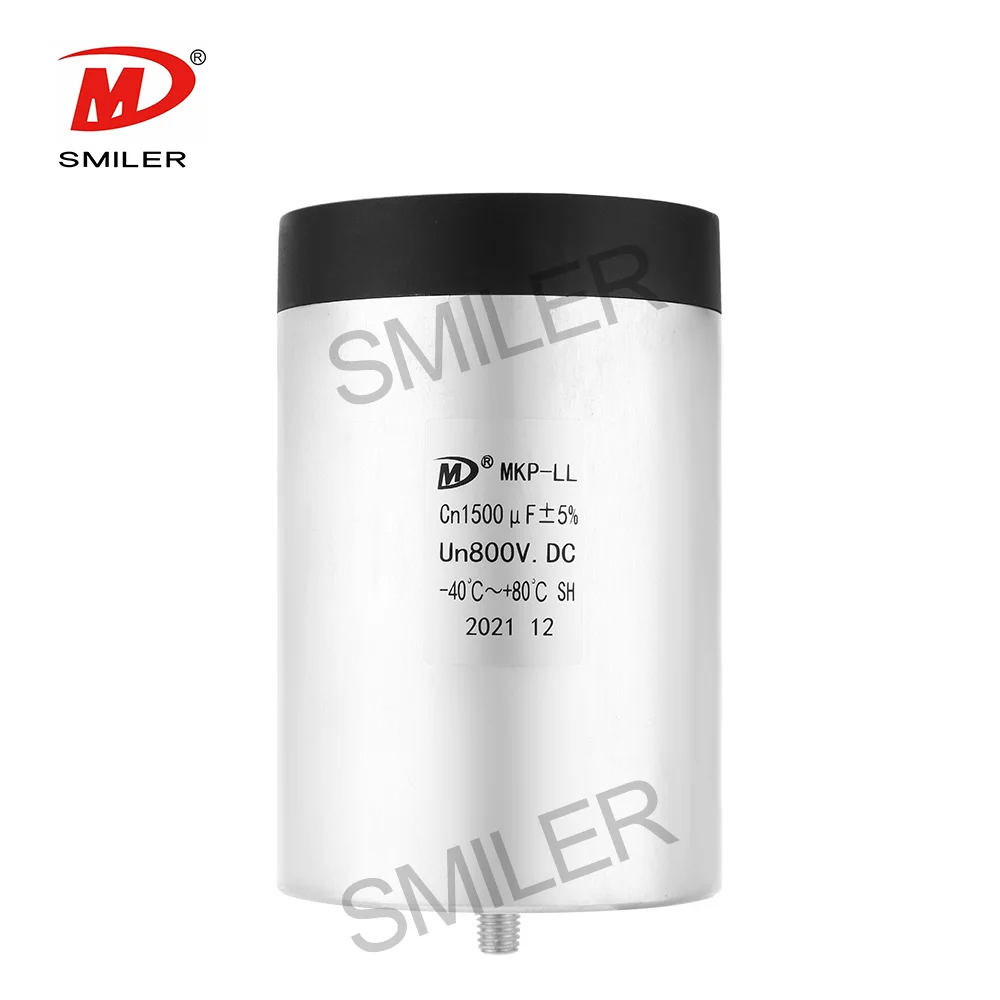
Understanding Why Capacitors Pass AC but Block DC in Circuits